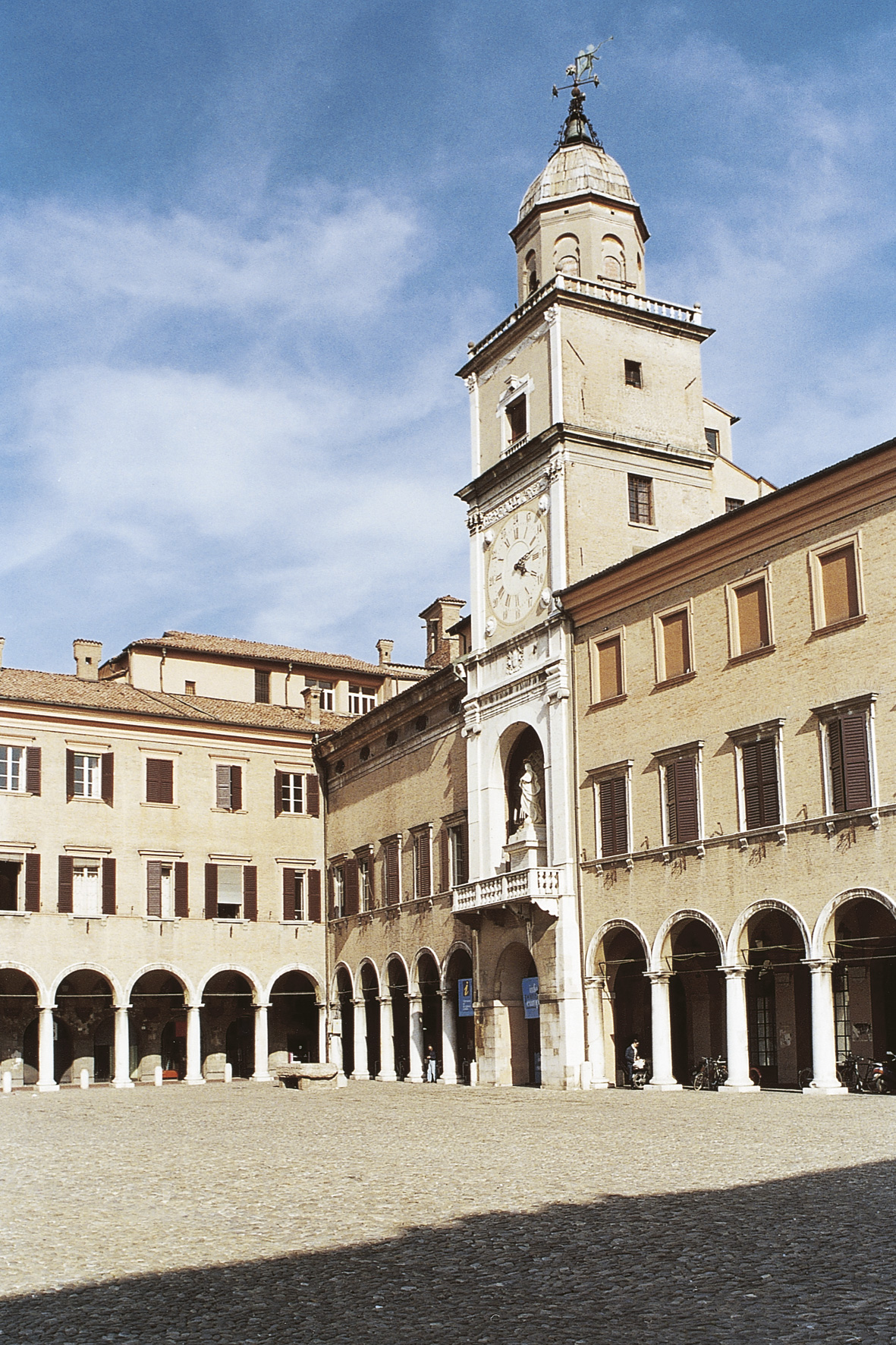
From 1600 to the present
Palazzo Comunale facciata porticato 2
La facciata di Palazzo Comunale con il porticato marmoreo
-
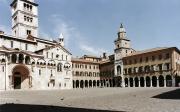
Palazzo Comunale facciata porticato 2
La facciata di Palazzo Comunale con il porticato marmoreo
-
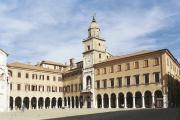
Palazzo Comunale facciata porticato 1
La facciata di Palazzo Comunale con il porticato marmoreo
-
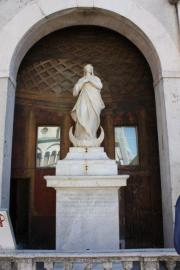
immacolata1 2
La statua dell'Immacolata Concezione, XVIII secolo
-
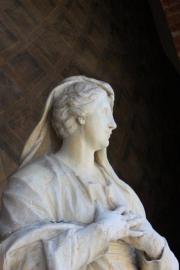
immacolata1 3
La statua dell'Immacolata Concezione, XVIII secolo, part.
-
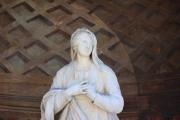
immacolata1 1
La statua dell'Immacolata Concezione, XVIII secolo
In 1598 Modena became the new capital of the Duchy of Este. Immediately thereafter the city underwent a period of change, especially when Francesco I d’Este came to the throne, vowing to renew its appearance after a period of decline due to an outbreak of plague in 1630. From 1608 on, the buildings housing the government institutions were architecturally conjoined. The unifying element of the façade is the long portico in marble columns that gave a uniform appearance to the exterior. The terracotta group of figures by Antonio Begarelli, overlooking the square since the 16th century, was replaced by a statue representing the Immaculate Conception, also profoundly symbolic.
The marble portico
It cannot have been easy for the architect Raffaele Rinaldi, known as “il Menia”, to design in the 17th century a feature capable of unifying several buildings dating from different periods. To create the present-day façade of the City Hall, the architect decided to add a classically inspired marble portico, generally accepted as the best solution; it was built in stages and completed in 1825 with the addition of three arches to the existing five on the right-hand side.
The statue of the “Immaculate Conception”
The 18th century statue of the Immaculate Conception looking down from the marble balustrade of the Clock Tower was commissioned by the pious Antonio Pavarotti and originally set at the corner of the building between Via Mondatora and Piazza XX Settembre. The statue was given its present-day location in 1805, on the occasion of the papal visit to Modena of Pope Pious VIII, replacing the Madonna of the Square by Antonio Begarelli, which was removed from the façade of the building during the French Revolution. The devotion of the people of Modena to the figure was such that the municipality decided in 1817 to light a lamp before it every Saturday, and, on each 8 December through to 1872, a Litany was recited in the square.